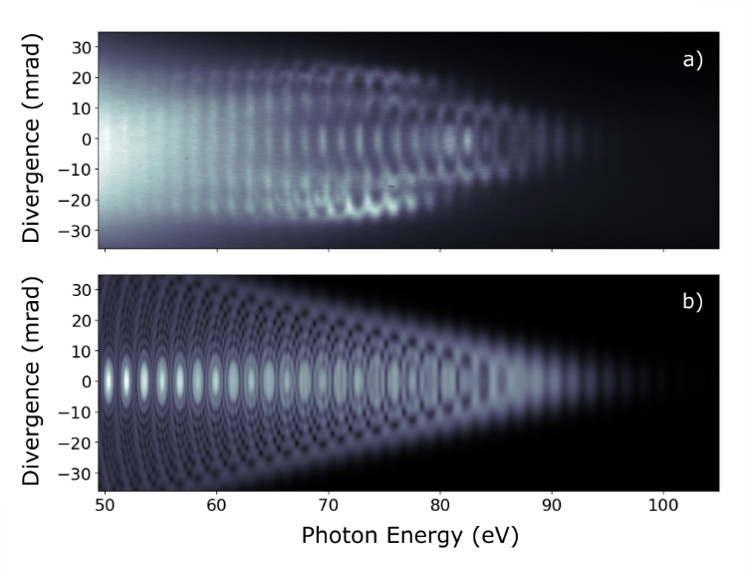
High harmonic generation (HHG) requires a high peak electric field at the focus. In addition, short pulse durations favor high cutoff energies.
With these requirements in mind, the dominant laser technology over the past 20 years has been based on Ti:Sapphire crystals integrated in a chirped pulse amplification scheme.
These lasers can achieve high average powers (in the order of ten watts), but their repetition rate remains limited to a maximum of 10 kHz, and most often to 0.1-5 kHz.
Recently, a new technology capable of meeting HHG requirements has emerged: ytterbium-doped fiber lasers. These lasers operate at much higher repetition rates (in excess of 100 kHz) and can offer considerable advantages for many applications, including coincidence spectroscopy (see XUV Spectroscopy).
Read more
As part of a project funded by the Banque Publique d’Investissement and coordinated by Fastlite, in collaboration with Marc Hanna’s group at the Laboratoire Charles Fabry (LCF, Institut d’Optique Graduate School, Palaiseau), we were able to test HHG with such a laser. The experiment was carried out at LCF.
The ytterbium laser beam was first temporally compressed in a series of non-linear steps, producing a 15-50 fs pulse that fed a specially designed high gas density HHG device. The resulting harmonic spectra proved remarkably intense and stable.
By using this fiber laser to pump an optical parametric amplifier (OPA), we were also able to explore HHG at high repetition rates and long wavelengths (1500 nm).
We linked the appearance of strong spatial and spectral modulations in the spectrum to the high sensitivity of the dipole phase during HHG to laser intensity at this wavelength (see figure). This marked dependence makes the use of these long wavelengths difficult to control.
However, the laser’s exceptional stability makes it highly attractive for future applications. In 2024, ATTOLab was equipped with these high repetition rate lasers.
Publication:
Gonzalez et al, Journal of the Optical Society of America B, 35, A6 (2018)


